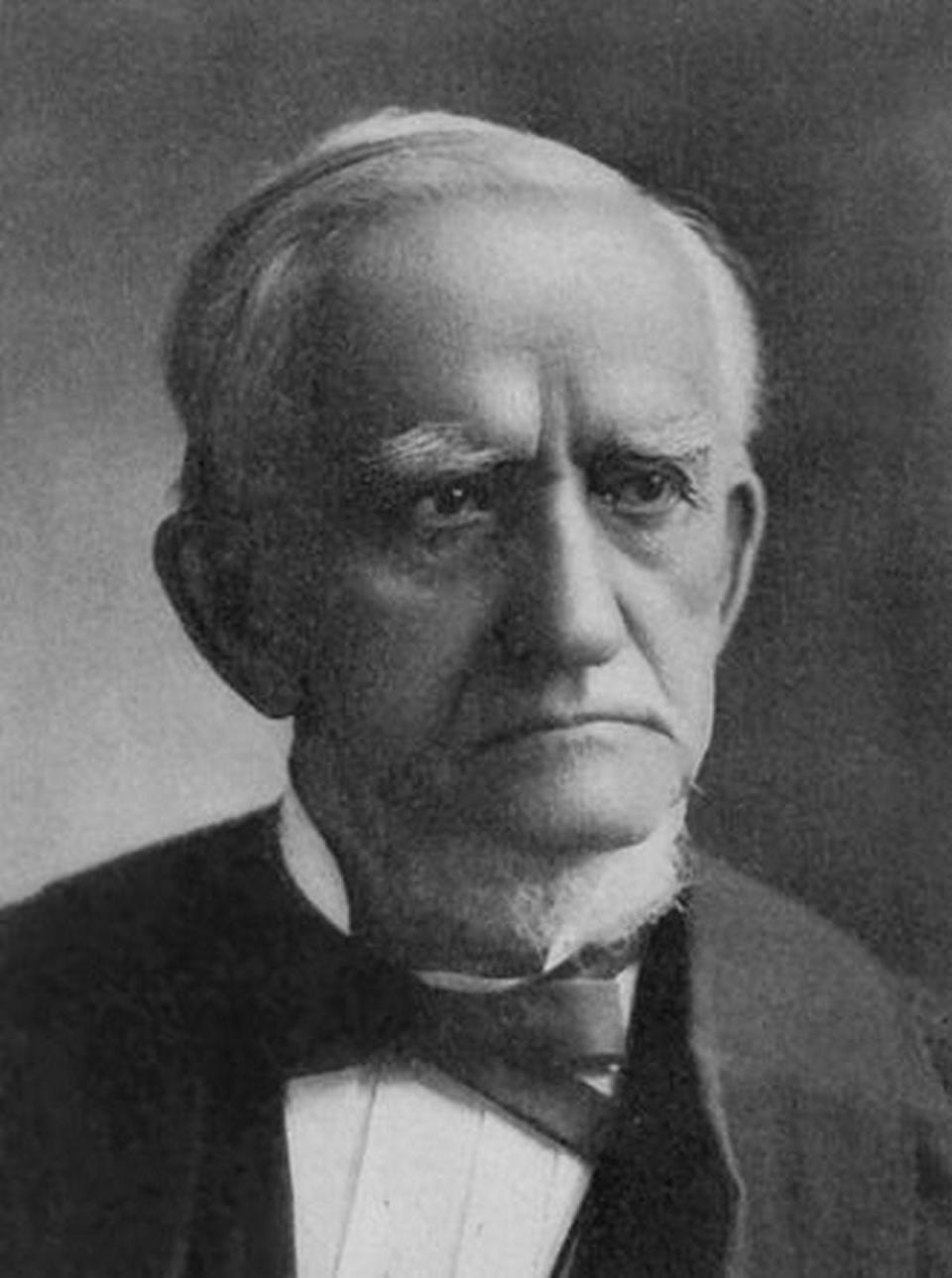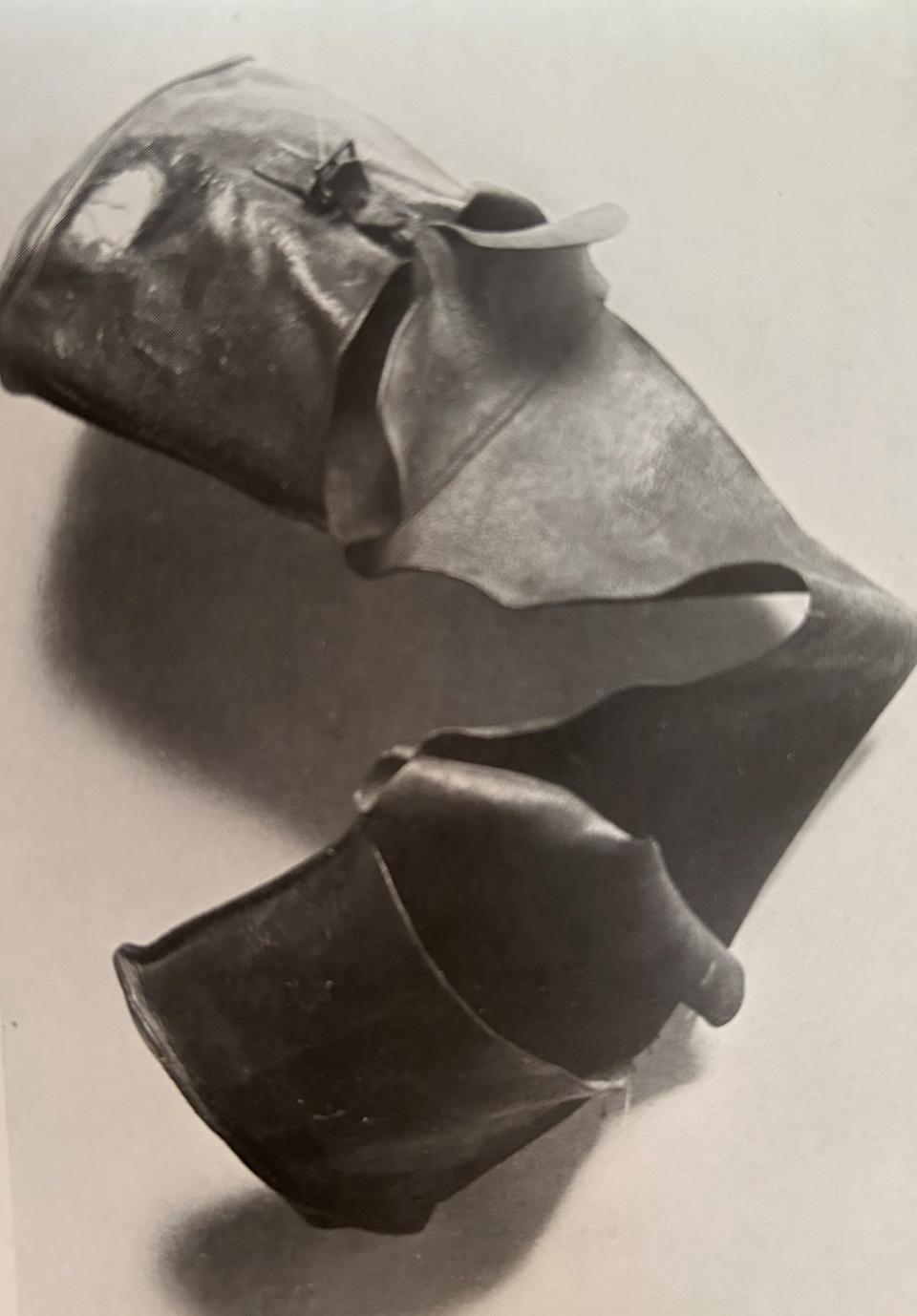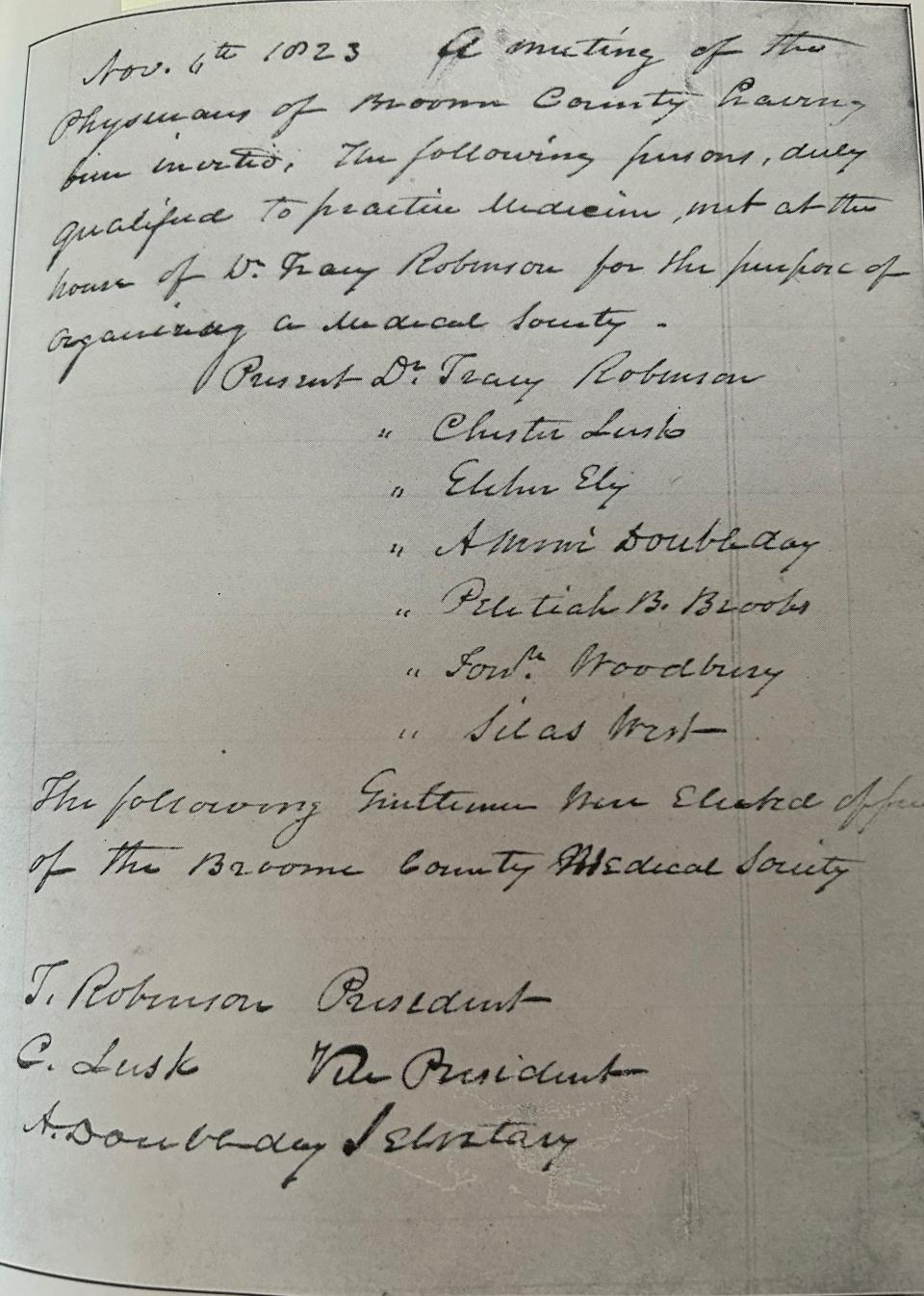Binghamton doctor went on to found, edit American medical journal: Spanning Time
On Jan. 9, 1817, in a home just outside of Greene in Chenango County, New York, there was a son born to Dow and Eleanor Davis.
Nathan Smith Davis was the newborn to this farming family and along with his sister and brother, they helped work that farm during their early years. At the age of 16, Nathan Smith Davis left attending the local schools to attend what was then called Genesee Seminary (after 1894, it was called Cazenovia Seminary, and since 1942, it has been Cazenovia College).
Nathan traveled 50 miles north of his home to go to this school for six months to study medicine. At the age of 17, he began studying medicine under the tutorage of Dr. Daniel Clark, and then was part of three courses of lectures at the College of Physicians of the Western District of New York in Fairfield. On Jan. 31, 1837, he graduated as a doctor and first began to practice in Vienna, New York.

Four months after opening his practice in Vienna, he left to move to Binghamton. In 1838, Davis would marry Anna Maria Parker in Chicago before the couple moved to Binghamton. Davis would practice medicine in Binghamton for nearly 10 years. While he was here, he joined as member of the Broome County Medical Society in 1837, and he became a censor, a librarian, and secretary for the society.
During this time, Davis obtained a cadaver to demonstrate anatomy to medical students. He was a prolific writer of scholarly medical essays and received several awards for his work. He also became father to his first three children, born in Binghamton.
More: How the State Street bridge got its name: Broome County history
As his family grew, Davis and his wife decided to leave Broome County for large prospects in New York City in 1847. Davis became a lecturer and demonstrator at the College of Physicians and Surgeons. In 1849, the Davis family moved once again after Nathan Smith Davis accepted a position as chair of physiology and pathology at Rush Medical College.
A year later, Davis became chair of the practice of medicine at the school and would remain at that institution for a decade. During this time, Davis was increasingly upset that there was a real need for reform with the system of education for medical students, that there was no classification of students and no adjustable curriculum. He felt he was not listened to, and with a few other doctors, they formed the Chicago Medical College, where he became dean and professor of principles and the practice of medicine.

He was a major factor in the creation of the Chicago Medical Society, and the Illinois State Medical Society. About this same time, there was an outbreak of malaria, and it was Davis who discovered that the drinking water was polluted by sewage. His discovery led to a number of major medical articles outlining the need for better treatment of public water. His position in the medical world continued to rise with the importance of his work.
At this time, David, along with a handful of other physicians, organized the American Medical Association (AMA). This important organization continues to this day and represents the best of the medical profession. Davis served as its president in 1864 and 1865 and as a trustee in 1882 to 1884. Davis was also the founder and the first editor of the Journal of the American Medical Association (JAMA). This journal continues to be the premier medical publication in that field.

Davis continued in the medical field and became a founder of the Chicago Academy of Sciences, the Chicago Historical Society, and honorary member of the British Medical Association and many other groups. Throughout his career, Nathan Smith Davis was prolific writer and contributed many important pieces to the world of medical literature.
In 1876, Davis had the first attack of prostatic disease, from which he suffered from for the next 28 years, but he continued to work until shortly before his death when he suffered from uremic poisoning. Nathan Smith Davis died at the age of 87 on June 16, 1904. He is buried with his family in Rosehill Cemetery in Chicago. A life well lived for this important doctor.
This article originally appeared on Binghamton Press & Sun-Bulletin: NY doctor was instrumental in start of American Medical Association

